Subject Focus: Wayne State University's Seals, Logos, and Graphics
Apart from Old Main, which has stood at the corner of Warren and Cass since 1896, the University Seal is the oldest surviving visual symbol of Wayne State University. Like Old Main, the seal predates Wayne by some years.
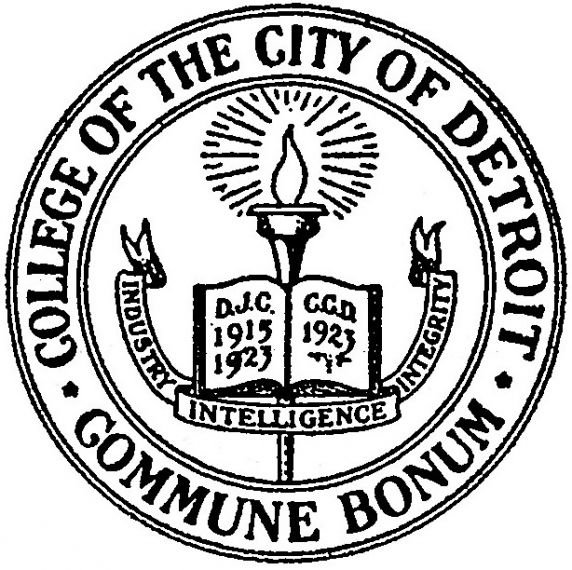
David MacKenzie, dean of the College of the City of Detroit (CCD), designed the first version of the seal in the spring of 1925. Leonard Grinnell, a graduating student, finished MacKenzie’s rough sketch, and the seal appeared on the diplomas of that year’s graduating class. The central elements of the seal, a torch above an opened book with a banner reading “INDUSTRY – INTELLIGENCE – INTEGRITY”, still appear in today’s seal. The dates on the book’s pages indicate the year of the founding of the Detroit Junior College (although it did not operate under that name until 1917; college-level courses at Central High School earned accreditation in 1915) and the establishment of CCD in 1923. A border around the seal gave the name of the college and the motto “COMMUNE BONUM”: in Latin, “the common good.”
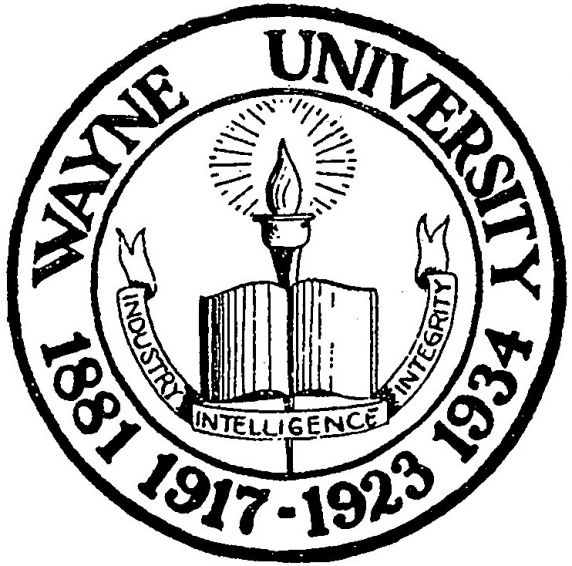
When, in 1934, the college was renamed Wayne University, it became necessary to revise the seal. This new seal retained the torch, book, and banner from the CCD seal, but no text appears on the pages of the book; the university’s name replaces the college’s name; and the motto is gone, replaced by the dates “1881 1917-1923 1934”. These dates commemorate the 1881 origin of the Detroit Teachers College (as the Detroit Normal Training Class), the span of the Detroit Junior College, and the 1934 creation of Wayne University.

At least two versions of the Wayne University seal exist, containing the same elements but quite differently drawn; in particular, the shape of the torch, the glow around the flame, the shading on the book, and the size of the banner differ significantly.
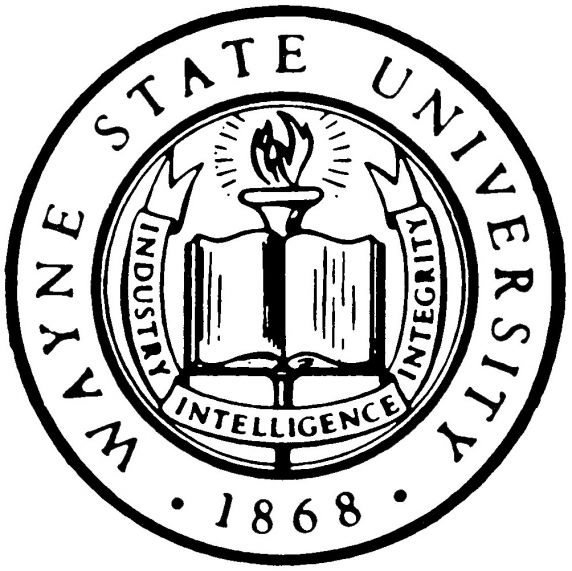
The 1956 establishment of Wayne State University again necessitated the creation of a new seal. All of the elements (book, torch, and banner) were redrawn, the university’s new name took its place in the border, and the four dates of the Wayne University seal were replaced with one: 1868, the date of the founding of the Detroit Medical College, the university’s first existing predecessor institution. With minor revisions, this 1956 seal still survives today. It was redrawn, electronically, in 2000 – the changes are most apparent in the glow around the torch.
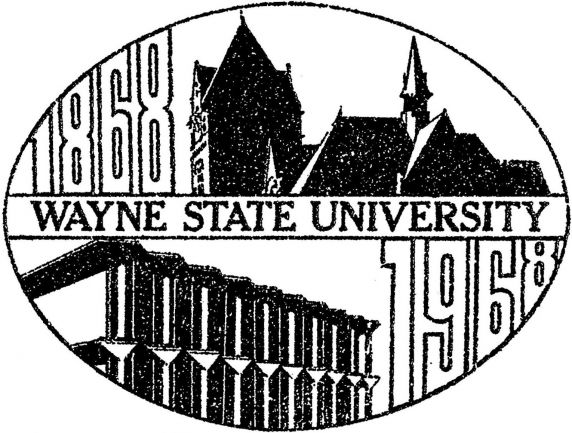
As the university had chosen 1868 as its official date of origin, Wayne State University had only existed for twelve years when it celebrated its hundredth anniversary. The Centennial Commission, formed in 1964, produced two logos. The first of these, an oval design contrasting Old Main (1896) with the MacGregor Memorial Conference Center (1958), was used in the years preceding the Centennial.

A second logo represented the University during the centennial 1967-1968 academic year. This design functioned largely as a substitute for the University Seal, appearing in its place on many publications. The Centennial symbol contained the text “WSU CENTENNIAL” at the center of a circle, surrounded by one hundred smaller dots in a starburst pattern.
In 1981, the university introduced a new logo, informally known as “the Flying W.” Like the Centennial symbol, it could be reduced to a smaller size while remaining legible.  The mark’s designers derived it from five cubes arranged in a “W” shape; two faces of each cube were shaded black. The resulting figure can resemble a flock of five birds in flight, or five open books.
The mark’s designers derived it from five cubes arranged in a “W” shape; two faces of each cube were shaded black. The resulting figure can resemble a flock of five birds in flight, or five open books.
Although the Flying W still exists in many places on campus, the University unofficially retired the symbol in 1999, with the introduction of the University wordmark that is still used today. This textual symbol, most prominently appearing at the top of the Maccabees Building at the corner of Woodward Avenue and Putnam Street, represents the university in the most literal way imaginable.
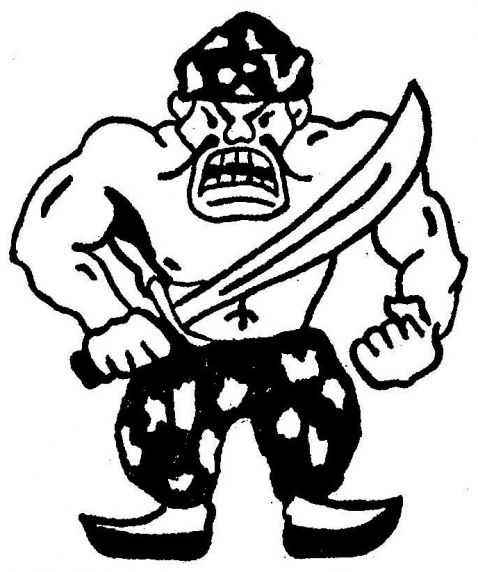
The logos of the University’s sports teams deserve a brief discussion. The original name of the Wayne athletic teams, The Tartars, dates back to 1927; the City College team was named for the central Asian ethnic group, now generally called “Tatars,” with a popular reputation for savagery and ferocity. For most of the years that the Tartars played, no single image of a Tartar emerged to serve as a logo, although many Tartar (or, less accurately, Mongol) swordsmen were drawn for yearbooks and other university publications. When a caricature of an angry, shirtless Tartar finally appeared as the school’s mascot, Asian-American students protested – not without justification -- that it was “ethnically offensive.”

In 1979, University president Thomas Bonner formally replaced the previous Tartar with a new, abstract representation of a figure with helmet, shield, and raised sword charging toward the viewer. Like the Flying W, which appeared two years later, this Tartar could be reproduced at smaller size. This may actually have worked against it; although the would-be-iconic Tartar symbol survived for twenty years, it was rarely printed at a size larger than one inch, and did not appear on athletic uniforms.
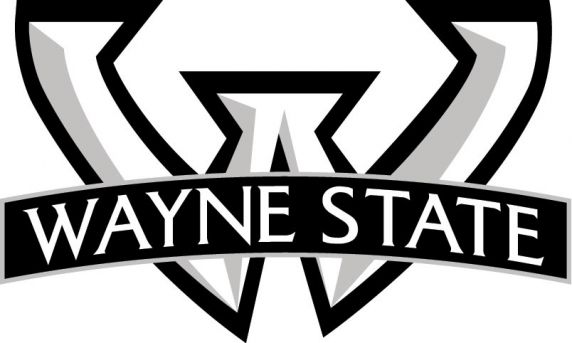
In 1999, the University changed the school’s team name to The Warriors. The change was motivated by two related factors: the student body generally did not know what a Tartar was, and the uncommon name left student athletes open to jokes about tartar sauce and tartar-control toothpaste. (Concern over the ethnic specificity of the Tartars name does not appear to have been part of the decision.) The new, alliterative team name does have its own logo, “The Warrior W,” which is available in different configurations of green and gold as well as the black-and-white version shown here, it bears the legend “WAYNE STATE” over a sharp-cornered, subtly asymmetric capital W.
The images used in this article may be found in a number of the Wayne State University Archives collections, including the Commencement Programs, the Athletic Programs, the Faculty Newsletters Collection, and the Vertical File. University collections are open to the public and may be viewed in the Reuther Library Reading Room.
Casey Westerman is the Wayne State University Archivist.
- cwesterman's blog
- Login to post comments
- Printer-friendly version

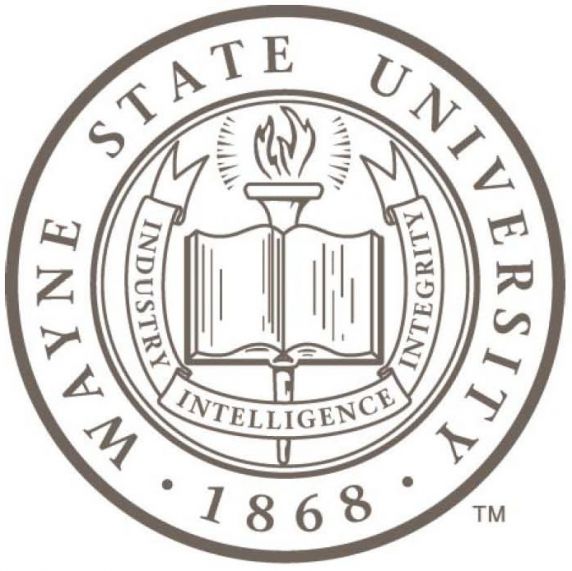
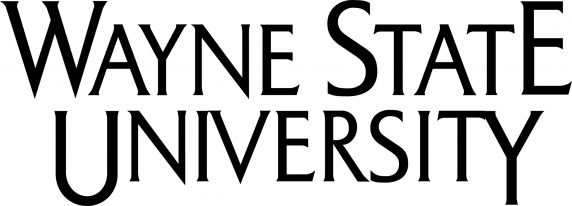
 Reddit
Reddit Facebook
Facebook LinkedIn
LinkedIn